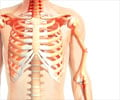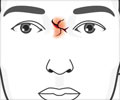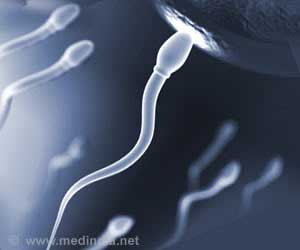A study has revealed that men above 60 years of age having low blood testosterone levels are more prone to fractures.
A study has revealed that men above 60 years of age having low blood testosterone levels are more prone to fractures.
The researchers said that one-third of all osteoporotic fractures caused by porous bones occur in men. Particularly the men having a previous osteoporotic fracture have three to four times the risk of having another fracture than a woman of the same age with a fracture.The study was led by Christian Meier, M.D., of the University of Sydney, Concord, New South Wales, Australia.
“Preventing the first such fracture may have major public health implications. Thus, understanding the determinants of fracture risk in men may reduce the burden of disease through facilitating better prevention strategies,” said the study’s authors.
For the study, the scientists observed 609 men (average age 72.6) between January 1989 and December 2005.
At the beginning of the study, they recorded the men’s bone mineral density and lifestyle factors, including Serum testosterone and estradiol (an estrogen) levels. During follow-up they determined the occurrence of a low-trauma fracture (associated with a fall from standing height or less).
It was found that low-trauma fractures occurred in 113 men during follow-up and those with low testosterone levels were at a higher risk of fracture.
Advertisement
They added: “After further adjustment for major risk factors of fractures (age, weight or bone mineral density, fracture history, smoking status, calcium intake and sex hormone−binding globulin), lower testosterone was still associated with increased risk of fracture, particularly with hip and non-vertebral fractures.”
Advertisement
“While testosterone may affect fracture risk via skeletal and non-skeletal mechanisms, the present findings suggest that measurement of serum testosterone provides additional clinical information for the assessment of fracture risk in elderly men,” said the authors.
The study is published in the recent issue of Archives of Internal Medicine, one of the JAMA/Archives journals.
Source-ANI
ANN/C











